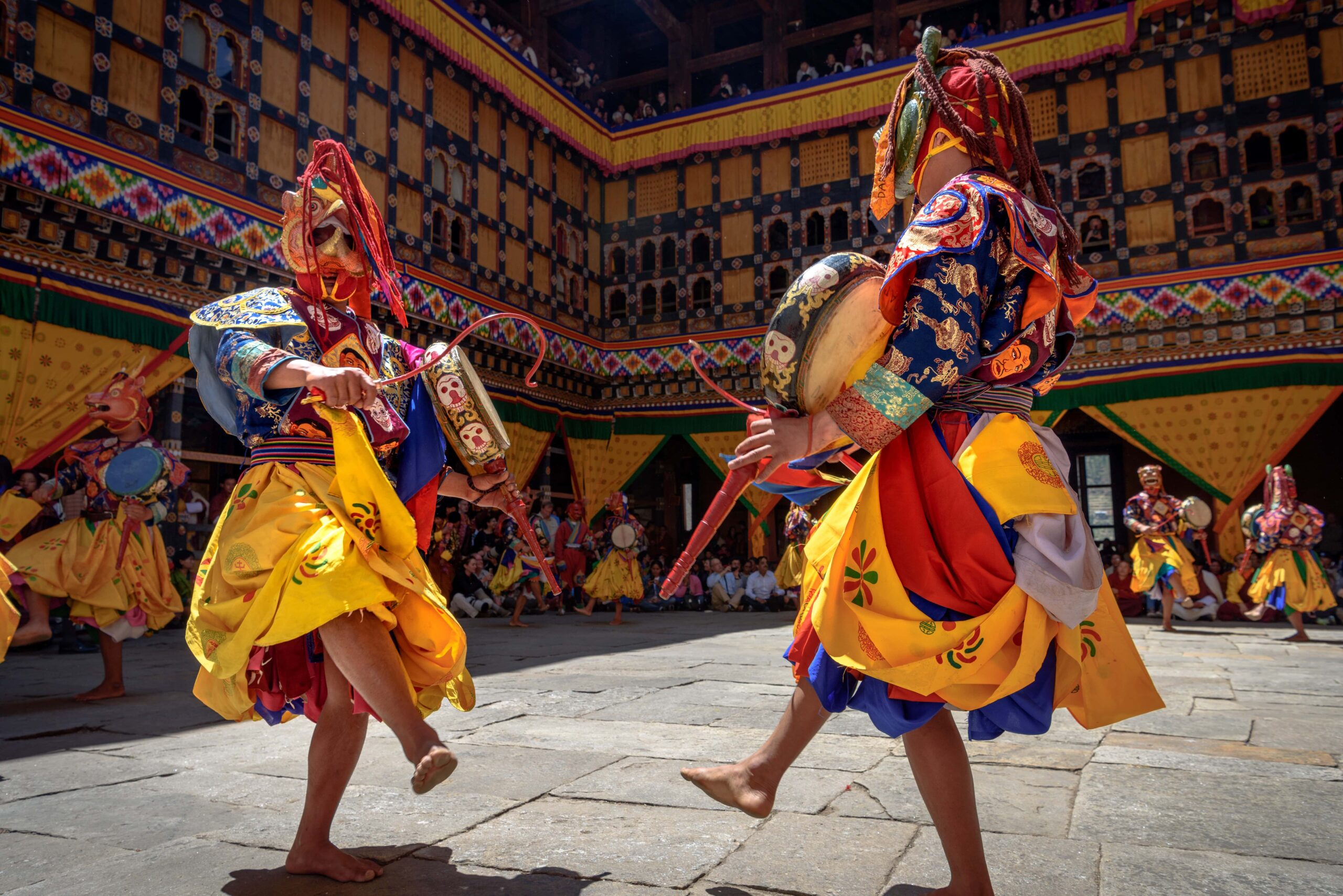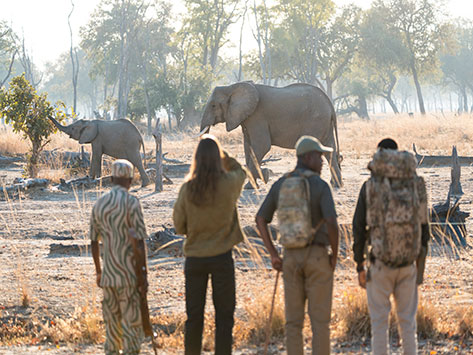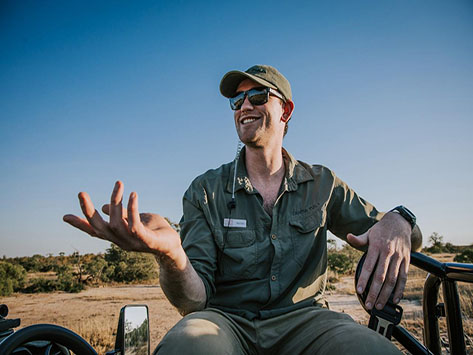Africa’s Most Immersive Adventure — A Walking Safari
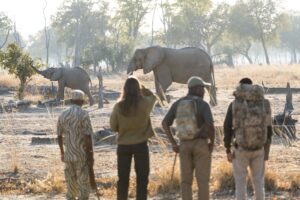 There’s a reason so many seasoned travelers describe walking safaris as life-changing. When you leave the vehicle behind and step quietly into the bush, Africa feels different. The world slows down. You start to notice the texture of elephant tracks in soft sand, the sound of birds, the faint spice of wild basil on the breeze.
There’s a reason so many seasoned travelers describe walking safaris as life-changing. When you leave the vehicle behind and step quietly into the bush, Africa feels different. The world slows down. You start to notice the texture of elephant tracks in soft sand, the sound of birds, the faint spice of wild basil on the breeze.
What Is a Walking Safari?
A walking safari is a guided exploration of the African wilderness on foot, led by licensed guides and armed scouts trained to interpret the landscape and keep guests safe. It’s not about chasing wildlife, but about tuning in — reading signs, learning bird calls, identifying plants, and understanding how everything connects.
While the experience is thrilling, it’s also extremely well-regulated. Walking safaris are conducted under strict safety protocols, and guides often hold decades of experience. The result is a rare combination of adventure, education, and peace — an activity that engages all the senses while remaining remarkably safe.
Where They Began
Zambia’s South Luangwa National Park is often called the birthplace of the walking safari. In the 1950s and ’60s, legendary conservationist Norman Carr pioneered the idea that travelers should experience wildlife respectfully, on foot, and accompanied by expert local guides. That philosophy still shapes safaris today — especially at classic bush camps like Tafika Camp and its walking-only sister properties Big Lagoon and Chikoko Tree Camp in South Luangwa, Zambia.
Walking Across Botswana and Zambia
In August 2025, Bushtracks Founder and CEO David Tett completed a multi-camp walking journey linking Botswana and Zambia — beginning deep in the Okavango Delta with Magwegwe Camp and Kweene River Camp operated by Beagle Expeditions, then continuing north to Zambia’s Luangwa Valley to walk between Tafika, Big Lagoon, and Chikoko Tree Camp.
These camps represent two of Africa’s premier walking regions: the Kweene Trails of Botswana’s private Abu Reserve, where elephants move freely through mopane forest and floodplain, and the Remote Africa Safaris circuit in Zambia, where guides interpret every footprint and birdsong. Bushtracks recommends both for travelers seeking authenticity, comfort, and unmatched access to wilderness.
Who Takes a Walking Safari?
Walking safaris appeal to travelers who want more than sightings — they want connection. Guests are typically active adults who appreciate slow travel and meaningful interpretation. Days usually include three- to four-hour morning walks, siestas during the heat of the day, and optional afternoon ambles or hide sessions.
Walking safaris are also increasingly popular among photographers, birders, and second- or third-time safari-goers who’ve experienced traditional game drives and want something deeper.
The Modern Appeal
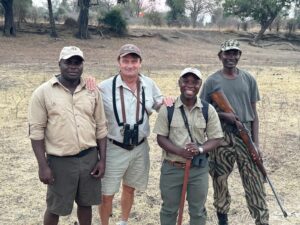
Beyond their romance and adventure, walking safaris embody the future of responsible travel: small-scale, low-impact, community-supported, and conservation-driven. Many camps employ local trackers and guides, helping to sustain the very landscapes travelers come to see.
As Bushtracks CEO David Tett reflected after his own journey, walking across these ecosystems reveals a kind of perspective that’s impossible from a vehicle — a reminder that humans, too, are part of nature’s fabric.
Coming Up Next
Next week, we’ll share David’s personal account from the trail — including stories from the Kweene River and Luangwa Valley, encounters on foot, and insights into how these experiences are shaping the future of safari travel.
For those eager to explore further, Bushtracks will also travel to South Luangwa National Park — the very birthplace of the walking safari — as part of our to be announced Wild Zambia & Lake Malawi scheduled expedition in 2026.
References for further reading:



